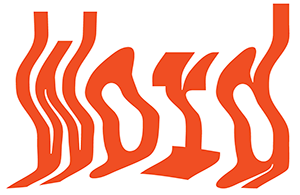
Those are the ones without contemporary native speakers, like Phoenician, Sumerian and Akkadian*. And there’s a third category: invented languages. Esperanto is one, as are those created by J.R.R. Tolkien for the Middle Earth inhabitants. Living languages also depend on invention. We’re always coming up with new words to describe new aspects of the universe: frenemies, crowdfunding, bromance.
This spring I am teaching a new course, “The Making of Dictionaries,” with Merriam-Webster editor Peter Sokolowski. This contest is from one of the course assignments.
Your Challenge:
Invent a new word that you deem necessary yet is nonexistent in the English language, and write its dictionary definition. Dictionaries have clear standards: your definition can be no longer than a few words, cannot repeat the word being defined, cannot be identical to that of another word (although it might be synonymous), and must be understandable to general readers from middle school onward.
Send your word and definition to magazine@amherst.edu. Stavans will choose the winner. We’ll publish the winning entry in the next issue and send the winner an Amherst T-shirt.
*Correction: The original version of this article misspelled Akkadian.